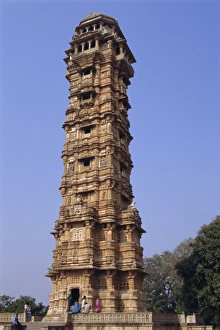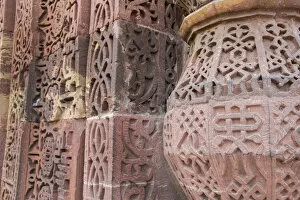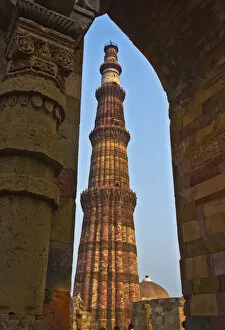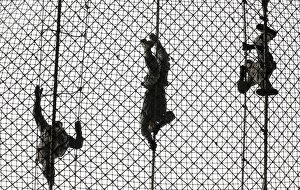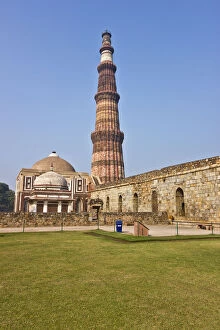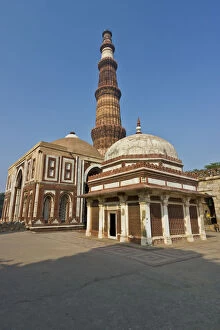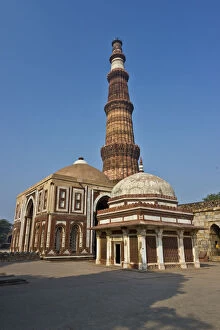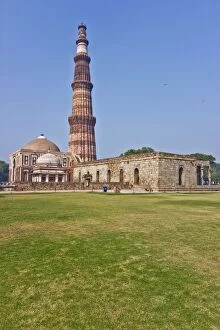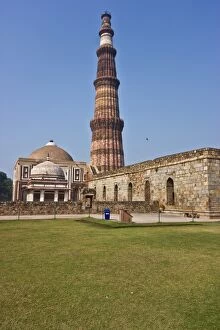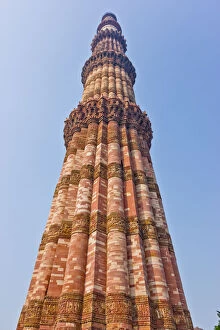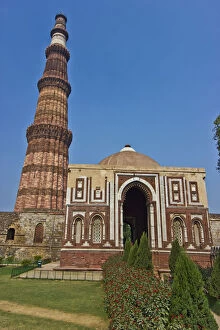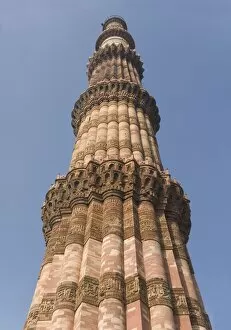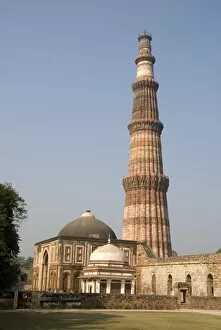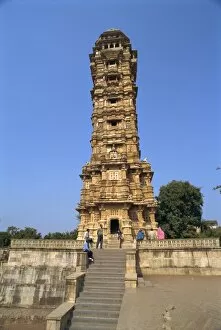Victory Tower Collection
Standing tall and proud, the Victory Tower in the fort at Chittorgarh is a symbol of resilience and triumph
For sale as Licensed Images
Choose your image, Select your licence and Download the media
Standing tall and proud, the Victory Tower in the fort at Chittorgarh is a symbol of resilience and triumph. Its majestic presence commands attention, reminding us of the indomitable spirit that resides within us all. In contrast, the View of the Tower of Koutub in the Plain of Delhi takes us back to 1891, showcasing James Grant's artistic prowess. The intricate details captured in this masterpiece transport us to an era long gone but not forgotten. Moving forward in time, we find ourselves in present-day Delhi where Qutub Minar stands as one of the earliest known Islamic architecture. Constructed with red sandstone and marble, its towering height leaves spectators awe-struck. This magnificent structure serves as a testament to India's rich cultural heritage. As we delve deeper into history, it becomes evident that Qutub Minar has left an indelible mark on Indian soil. It continues to inspire generations with its grandeur and architectural brilliance. But victory comes in many forms - not just through towering structures or historical landmarks. For U. S Army recruits completing obstacles at Victory Tower during basic combat training signifies their personal victories - overcoming challenges and emerging stronger than ever before. Whether it be conquering physical barriers or celebrating cultural milestones like Qutub Minar's existence for centuries, victory resonates throughout different aspects of our lives. It reminds us that perseverance leads to success and greatness can be achieved against all odds. So let these images from Chittorgarh fort to modern-day Delhi serve as reminders that victory is not limited by time or geography; rather it is a universal concept that unites humanity under one common goal - triumph over adversity.

